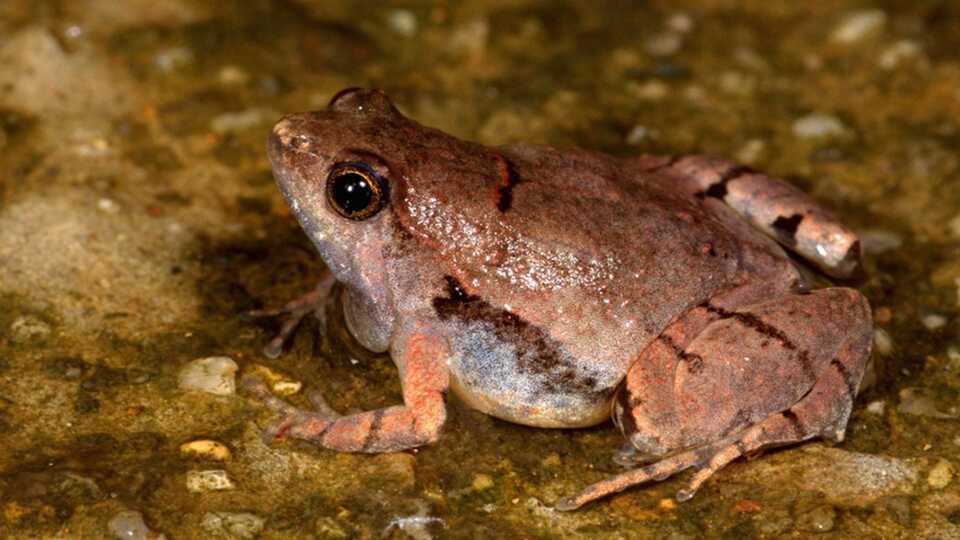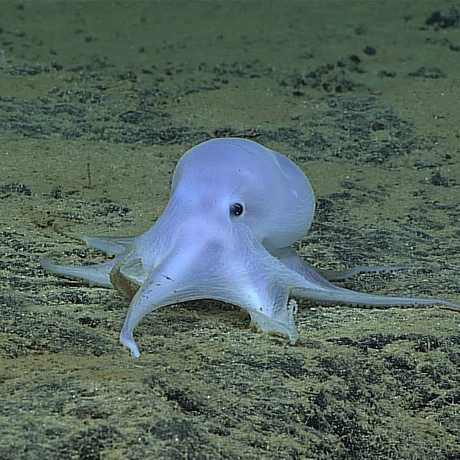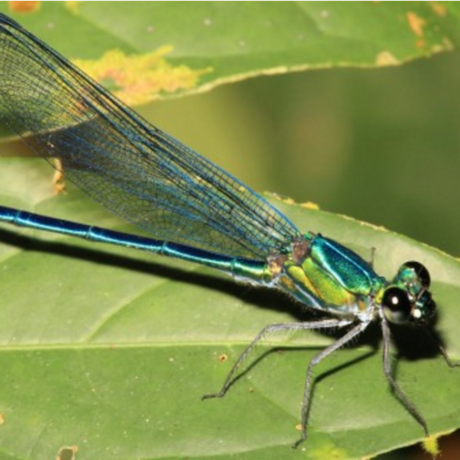Science News
New Discoveries: Frogs, Ants, and Diatoms

New Discoveries is a collaboration between Stanford and Academy scientists and staff, appearing on the second and fourth Wednesdays of every month. Here we celebrate newly described species and demonstrate how much more there is to learn about life on Earth.
New Frog with a Cricket Chirp
Scientists from Singapore and India just described a new frog species that chirps like a cricket. They found it near the town of Manipal along India's west coast. The new species is distinct in the molecular make-up of its DNA, its shape, and its unique call. The frog’s name, Microhyla laterite, refers to its small size (“micro” for tiny) and to the iron-rich soils in which it was first photographed and found (laterite). Interestingly, the frog’s discovery arose out of a citizen-science initiative that linked academic scientists with frog enthusiasts. Their exciting discovery is chronicled in the journal PLoS ONE.
New Species of Diatom
A new species of diatom— single-celled algae that have a silica shell forming the cell wall—has been discovered in Lake Challa, a 92-meter (300-foot) deep crater lake at the foot of Mount Kilimanjaro on the border of Kenya and Tanzania. Afrocymbella barkeri is mostly found during the summer, at the end of the dry and windy season when upwelling of nutrients occurs. The new species is named after scientist Philip Barker, who has dedicated his life to the microscopic phytoplankton. “Diatoms are incredibly important organisms that live in oceans and fresh water,” he says. “They contribute the same in terms of photosynthesizing carbon as rainforests.”
Desert Ant
A new ant was described earlier this month from Oman and the United Arab Emirates (UAE). Lepisiota omanensis differs from others from the Arabian Peninsula because it has “exceptionally long, acute, and strongly curved propodeal spines,” according to the new study. While scientist Huw Roberts has discovered many insects and spiders in the UAE, this is the first new species, and he expects more. “This discovery shows that we still have much to learn about the wildlife and biodiversity of the United Arab Emirates,” he told Gulf News.
Top Ten
Also, earlier this week, the SUNY College of Environmental Science and Forestry(ESF)announced the top ten new species for 2016. We’ve covered some their favorites over the past several months, and you can head on over to their site to learn more. With seven months still to go in 2016, it may seem a bit early to make such an announcement, but the annual list honors the May 23rd birthday of Carolus Linnaeus, known as the father of modern taxonomy.
Image: Seshadri KS, Singal R, Priti H, Ravikanth G, Vidisha MK, Saurabh S, et al


